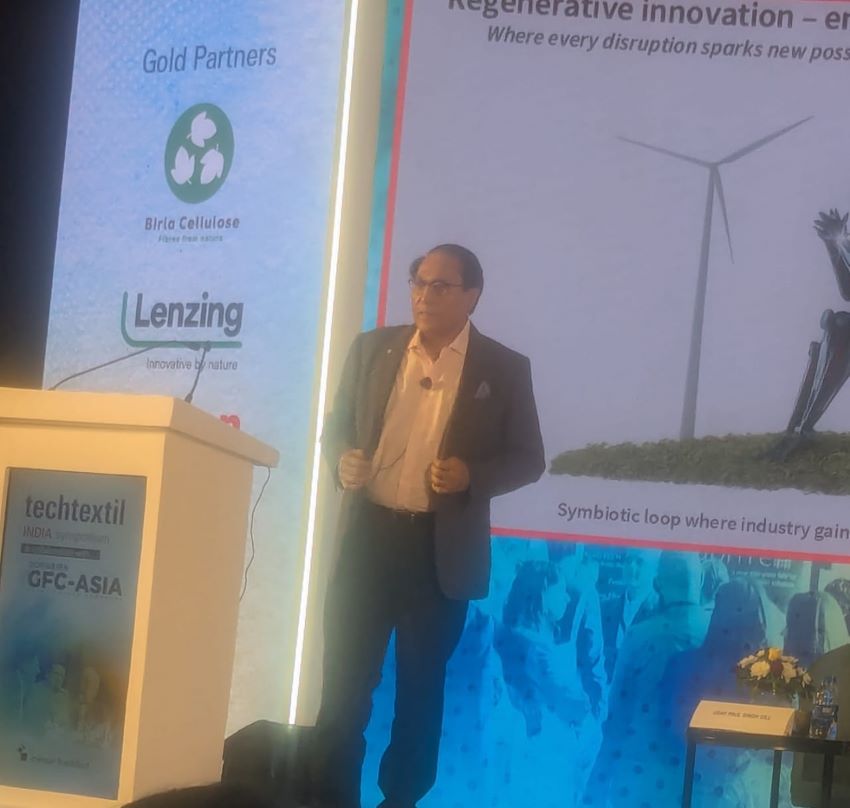Wrinkling is one of the most common flaws in textile composites, which are widely used for prototypes, as well as mass production within prominent aerospace, energy, automotive and marine applications.
Composite textiles are changing the way products are designed and built in advanced manufacturing sectors.Textile composites are known for their strength and durability. But a simple wrinkle in the manufacturing process can significantly alter the end product--sometimes diminishing its strength by 50 per cent.
Researchers have investigated several de-wrinkling methods and have discovered that they can improve their effectiveness by pulling the materials in two directions simultaneously during the manufacturing process.
They did this by creating a custom-made biaxial fixture--a clamp that stretches the textile taut and removes unwanted bumps and folds. The challenge was to avoid unwanted fiber misalignment or fiber rupture while capturing the out-of-plane wrinkles.
It is important for designers to be able to predict the right amount of force needed to diminish the wrinkles in the final product.
A multi-step test has been devised to assess the magnitude of the required forces needed to smooth out wrinkles of different sizes that were formed at different shear angles of a comingled fiberglass-propylene plain weave fabric.












